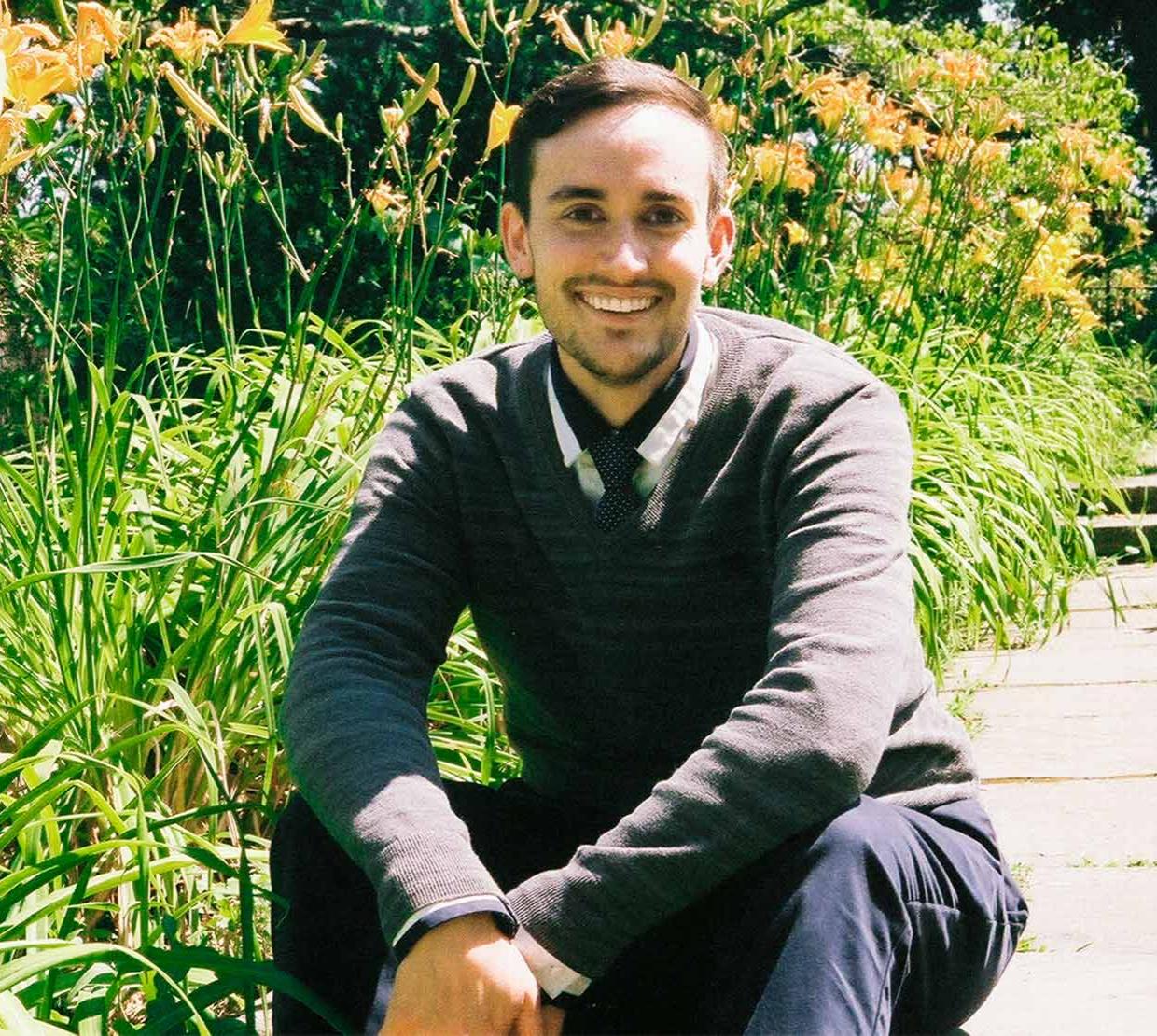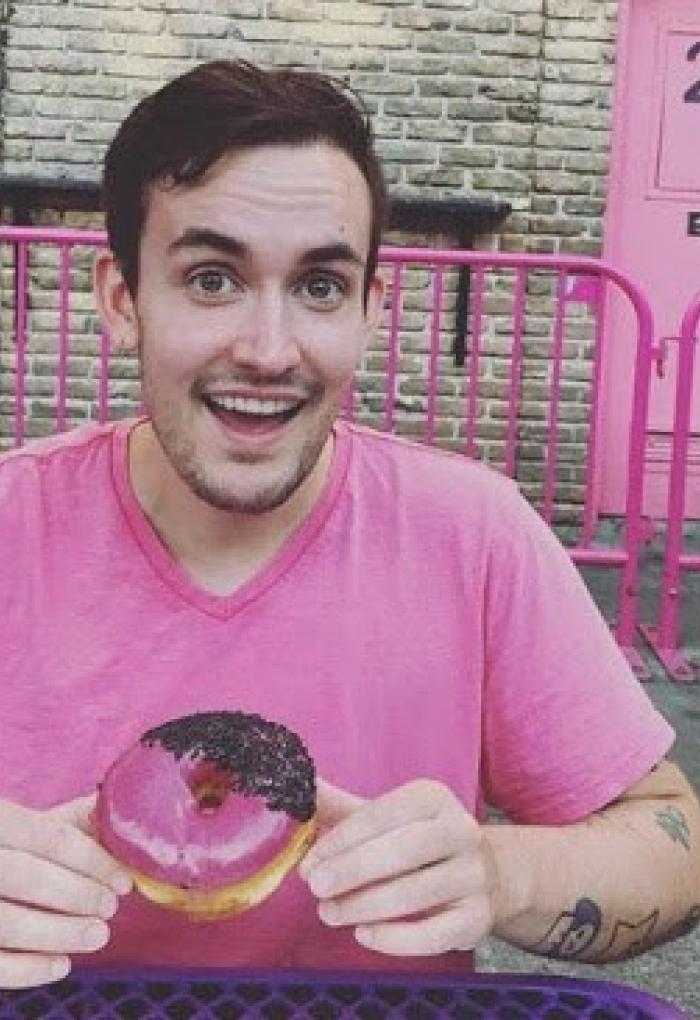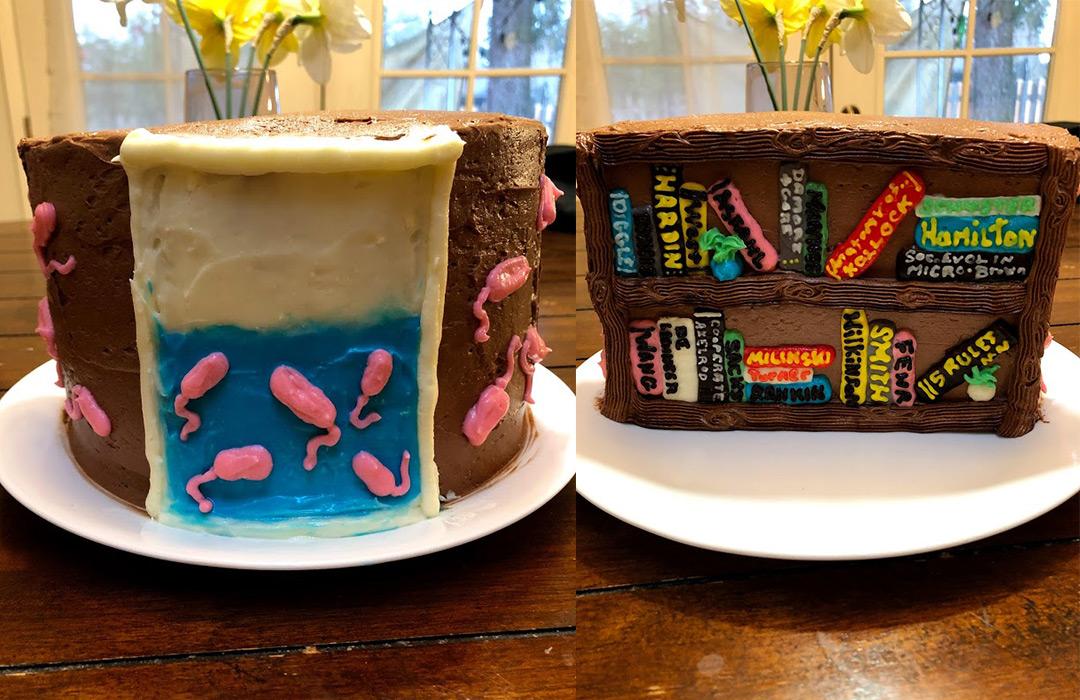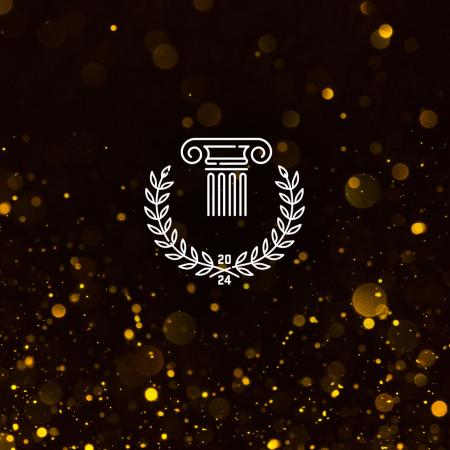Do bacteria all get along?
Lynn’s advisors, mathematics and integrative biology professor Patrick De Leenheer and Martin Schuster, professor of microbiology, helped him apply his interest in game theory to practical research questions. Using a chemostat, a type of reactor that replicates the balance of a natural ecosystem, Lynn observes hundreds of generations of bacteria to develop mathematical models that define and predict their community dynamics. Some individual bacteria produce a digestive enzyme that benefits the whole group; some don’t, yet still reap the benefits of living in a group with those that do. If enough bacteria cease to produce the enzyme, the whole community collapses. Thus, a group of bacteria with more uncooperative members is less virulent. This finding could be crucial in the fight against highly antibiotic resistant bacteria.
Lynn’s work with the chemostat also applies to models of sustainable development. When too many individuals (be they bacteria or human) only look out for their own interests and use communal resources indiscriminately, those resources dry up, and everyone is worse off. We see this effect, known as the Tragedy of the Commons, in use of global natural resources like clean air, fresh water, and forests. Developing stronger computational models to define when cooperation happens, and how much of it we need to keep our systems functioning, can help us build a healthier planet and a more balanced global society.
An inclusive take on science
Outside of the lab, Lynn is committed to outreach and activism. Lynn is trans, and when he came to Corvallis back in 2018, he was surprised by the city’s lack of queer spaces. He set about changing that, co-founding Oregon State’s first Out in STEM chapter, which grew to over 100 members in its first year. The club’s mission of visibility, empathy, and opportunity so resonated with students that even those from other disciplines were eager to join: “We’d get emails like, ‘I’m in economics. Can that count as STEM?’” he fondly recalls.
Out in STEM provides a space for LGBTQ+ students and faculty to network and hosts talks on topics that intersect STEM and LGBTQ+ identities (a platform cheekily called “inQUEERy”), which provides a chance for people in the Oregon State community to expand the way they look at science.
When it comes to an inclusive approach to biology, we still have a lot of work to do, says Lynn. Introductory classes typically emphasize the dominant human genotypes, depicting a clear dichotomy: XX (female) or XY (male). But other species show a wealth of diversity in what biological sex means. “The platypus has 10 sex chromosomes, and a parrot fish may change sex a few times over the course of its life,” he points out.
Furthermore, anatomical diagrams in textbooks are usually based on white, cis-gendered bodies. Collaborating with Senior Instructor Lori Kayes and others in the Department of Integrative Biology, Lynn advocates for inclusivity across these curricula.






